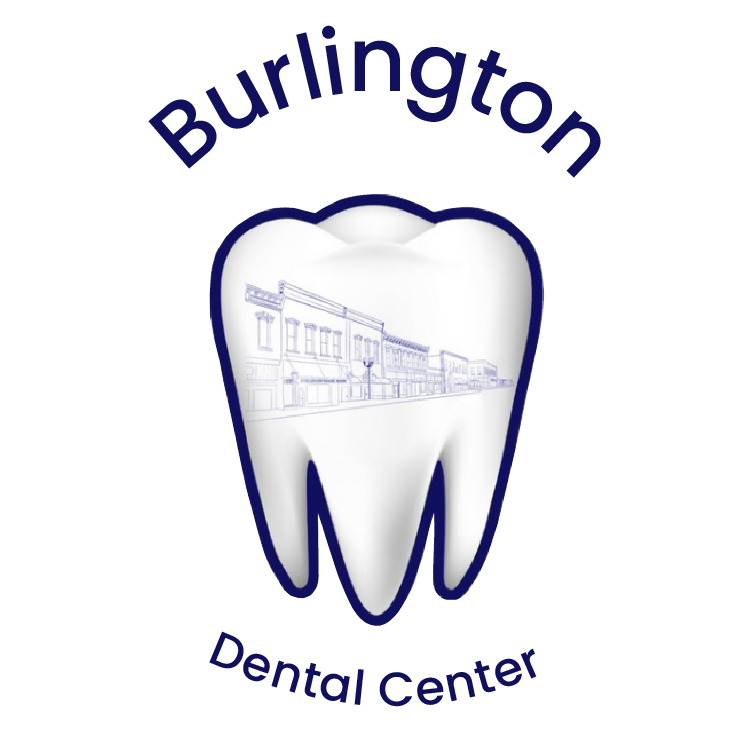Preventive Resin Restorations (PRRs) are a modern approach to dental care that focus on preserving the natural tooth structure while preventing further decay. This dental procedure is praised for its minimally invasive nature and claims that it can provide long-lasting results.
In this comprehensive guide, we will discuss everything you need to know about PRRs, from their benefits and procedure to their aftercare and cost.
Quick Answer: What is a Preventive Resin Restoration?
Preventive Resin Restorations (PRRs) are a minimally invasive dental treatment designed to prevent tooth decay, especially on the molars and premolars.
In simplest terms, a PRR can be viewed as an “in-between” treatment which is more invasive than a dental sealant, but less invasive than a traditional filling.
This procedure involves removal of decay with a dental handpiece and bur, followed by applying a tooth-colored resin to seal off the grooves and fissures of teeth.
The benefits of PRRs result from their minimal invasiveness, effective decay prevention, and the preservation of natural tooth structure.
The procedure is straightforward, requiring only a single dental visit, and aftercare involves regular oral hygiene practices.
Costs can vary, but many insurance plans cover PRRs as a preventive measure.
While some of the data is mixed, PRRs are generally considered to offer a durable, long-lasting solution to reduce the risk of cavities and prevent future dental issues.
Understanding Preventive Resin Restorations
Preventive Resin Restorations (which appear as D1352 on treatment plans) are a type of dental treatment that involves the removal of decayed enamel, followed by application of a tooth-colored resin material to the grooves and pits of the teeth.
This procedure is primarily used to prevent the continuation of tooth decay into the deeper dentin layer of a tooth — particularly in the molars and premolars, which are more prone to cavities due to their structure and location.
The aim of PRRs is to seal off the deep grooves and fissures on the chewing surfaces of the teeth, which are often difficult to clean thoroughly with regular brushing. By doing so, PRRs effectively prevent food particles and bacteria from getting trapped in these areas, thereby reducing the risk of tooth decay.
Unlike dental sealants, PRRs involve the use of a dental handpiece (“drill”) and bur to remove decay from the tooth. PRRs are more invasive than sealants, since the tooth is already decaying (whereas sealants are applied as a preventative measure).
Unlike traditional fillings, PRRs don’t involve the deeper dentin layer of the tooth. Because the decay is confined to the outer enamel layer, PRRs are less invasive to the tooth than a traditional filling. In most instances, local anesthetic will not be required for a PRR.
The Benefits of Preventive Resin Restorations
Minimally Invasive
One of the major advantages of PRRs is that they are minimally invasive. Unlike traditional fillings, which often require the removal of a significant portion of the tooth structure including the dentin, PRRs only require minimal tooth preparation.
Importantly, this also means that the procedure can usually be completed without any local anesthetic.
Moreover, because PRRs preserve more of the natural tooth structure, they also help maintain the strength and integrity of the tooth, reducing the risk of fractures and other dental issues in the future.
Effective Decay Prevention
PRRs are extremely effective in preventing tooth decay. By sealing off the deep grooves and fissures on the chewing surfaces of the teeth, PRRs prevent food particles and bacteria from getting trapped in these areas, thereby significantly reducing the risk of cavities.
Studies have shown that PRRs can significantly reduce the incidence of cavities, making them a highly effective preventive dental treatment.
The Procedure of Preventive Resin Restorations
The procedure for PRRs is relatively straightforward and can be completed in a single dental visit.
The first step involves the dentist cleaning and preparing the tooth surface. This often involves removing a small amount of tooth structure to ensure a smooth and clean surface for the resin to adhere to.
Next, the dentist will apply a bonding agent to the tooth surface, followed by the resin material.
The resin is then hardened using a special light, effectively sealing off the grooves and fissures on the tooth surface.
Finally, the dentist will polish the tooth to ensure a smooth and natural-looking finish.
After the PRR has been placed, the tooth can be used just like any other tooth, without any restrictions.
Aftercare for Preventive Resin Restorations
Aftercare for PRRs is relatively simple and involves regular brushing and flossing to maintain oral hygiene. It's also important to schedule regular dental check-ups to ensure that the restorations are still in good condition and functioning effectively.
While PRRs are fairly durable, they can wear down over time, especially in individuals who grind their teeth. Studies have also found that PRRs, due to their conservative nature, are more likely to become unbonded or otherwise fall out, when compared to traditional, more invasive fillings.
Therefore, it's important to monitor the condition of the restorations and have them replaced if necessary.
The Cost of Preventive Resin Restorations
The cost of PRRs can vary depending on a number of factors, including the complexity of the procedure, the number of teeth being treated, and the location of the dental practice. However, many dental insurance plans cover PRRs since they are considered a preventive treatment.
Generally speaking, a PRR will be more expensive than a dental sealant, but less expensive than a filling. The average fee for a PRR (D1352) in the U.S. is $100-$140.
Despite the initial cost, PRRs can be a cost-effective solution in the long run as they help prevent the need for more extensive and expensive dental treatments in the future.
Final Thoughts
Preventive Resin Restorations are an effective and minimally invasive dental treatment that can significantly reduce the risk of tooth decay, without introducing the risk of future fractures like a traditional filling might.
By sealing off the deep grooves and fissures on the chewing surfaces of the teeth, PRRs prevent food particles and bacteria from getting trapped in these areas, thereby preventing the onset of cavities.
With their numerous benefits, simple procedure, and straightforward aftercare, PRRs are an excellent option for individuals looking to maintain their oral health and prevent future dental issues. The procedure provides a perfect “in-between” that is more involved than a sealant but less invasive than a traditional filling.
FAQs
What is the difference between a sealant and a preventive resin restoration?
Sealants are applied to the biting surfaces of molars and premolars to prevent cavities by sealing the grooves and fissures. Preventive Resin Restorations (PRRs) also seal these grooves but involve removing a small amount of tooth structure to place a more durable resin material, offering greater protection against decay.
How long does preventive resin restoration last?
Preventive resin restorations can last for several years, often 5-10 years or more, depending on oral hygiene practices, dietary habits, and regular dental check-ups to monitor the restorations.
What is the procedure for PRR?
The procedure for PRR involves cleaning and preparing the tooth, removing a minimal amount of tooth structure if necessary, applying a bonding agent, then applying the resin material. The resin is hardened with a special light and the tooth is polished for a smooth finish.
Are preventive fillings necessary?
Preventive fillings, including PRRs, are necessary when there's a high risk of decay in the grooves and fissures of teeth, or when the decay has already begun within the enamel layer of the tooth. They are especially recommended for young patients with deep grooves in their molars or for anyone prone to cavities in these areas.
Is preventive resin restoration a filling?
Yes, preventive resin restoration is a type of filling that focuses on preventing decay in the pits and fissures of teeth. It is more conservative than traditional fillings as it requires minimal removal of tooth structure, and thus can often be completed without any local anesthetic.
What is the advantage of preventive resin restoration?
The main advantage of PRR is its ability to effectively treat and prevent decay in hard-to-clean areas with minimal removal of tooth structure. This preserves more of the natural tooth, maintains its strength, and provides a long-lasting solution to prevent cavities.
How long do preventative fillings last?
Preventative fillings, including PRRs, typically last for 5-10 years or more, but their longevity can be extended with proper oral hygiene, avoiding hard and sticky foods, and regular dental check-ups.
* Though the author of this post is a licensed dentist in the state of Kansas, this information is provided for informational and educational purposes only. Please use your best judgment and contact emergency medical services in the event of an emergency.




